Predictions & Data for this entry
| Model: abj | climate: A, B | migrate: | phylum: |
| COMPLETE = 2.6 | ecozone: TH, TPi | food: biPp, biD | class: |
| MRE = 0.089 | habitat: 0iFpe | gender: D | order: |
| SMSE = 0.020 | embryo: Fbf | reprod: Apf | family: |
Zero-variate data
| Data | Observed | Predicted | (RE) | Unit | Description | Reference |
|---|---|---|---|---|---|---|
| tp | 40 | 40.11 | (0.002637) | d | time since birth at puberty | Dabo1977 |
| am | 72 | 69.08 | (0.0405) | d | life span | Dabo1977 |
| Lb | 0.05 | 0.0736 | (0.472) | cm | total length at birth | Dabo1977 |
| Lp | 1.77 | 1.561 | (0.1183) | cm | total length at puberty | Dabo1977 |
| Li | 2.3 | 1.686 | (0.2668) | cm | ultimate total length | Dabo1977 |
| Wdi | 0.0207 | 0.02107 | (0.01788) | g | ultimate dry weight | guess |
| Ri | 16.88 | 17.39 | (0.03059) | #/d | maximum reprod rate | Dabo1977 |
Uni- and bivariate data
| Data | Figure | Independent variable | Dependent variable | (RE) | Reference |
|---|---|---|---|---|---|
| tL_70 | 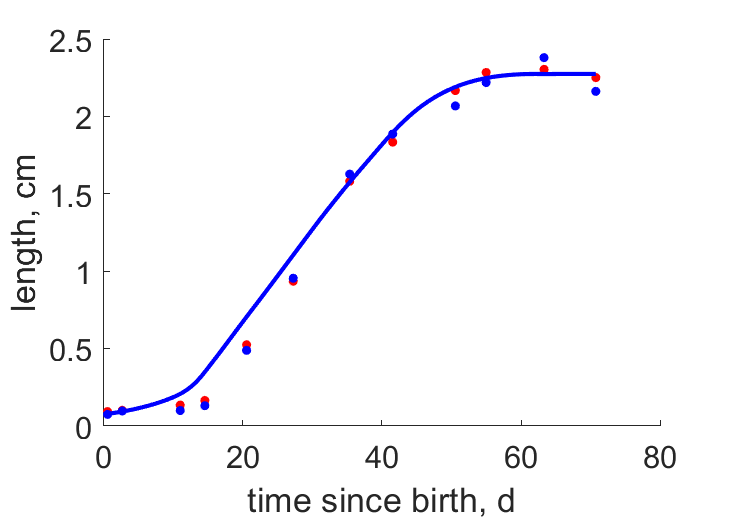 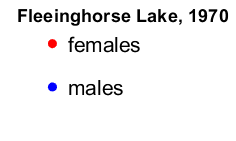 | time since birth | length | (0.06809) | Dabo1977 |
| tL_71 | 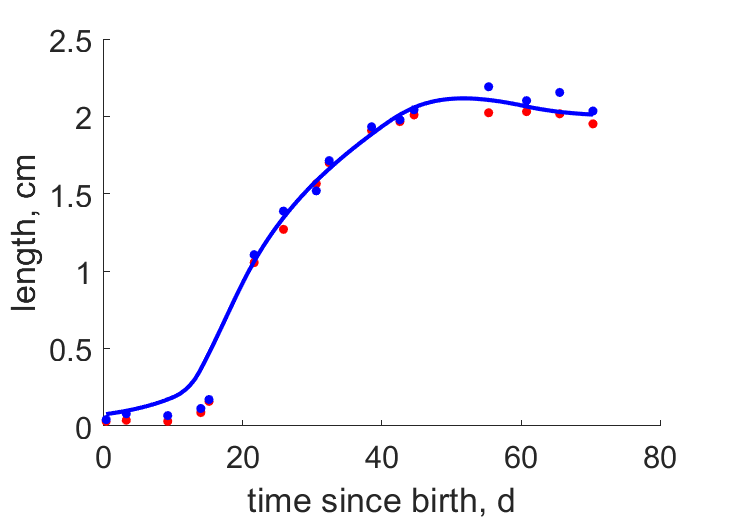 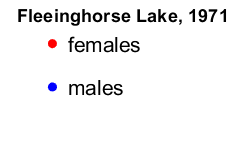 | time since birth | length | (0.06354) | Dabo1977 |
| tL_72 | 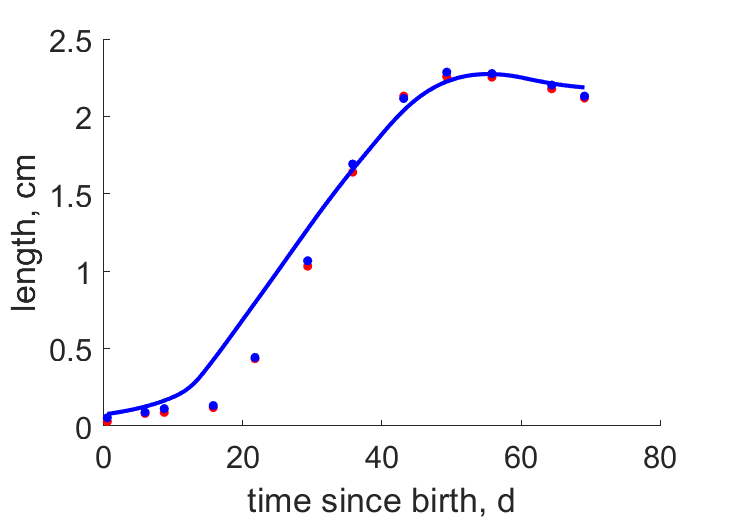 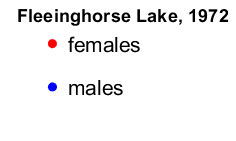 | time since birth | length | (0.08801) | Dabo1977 |
Pseudo-data at Tref = 20°C
| Data | Generalised animal | Branchinecta mackini | Unit | Description |
|---|---|---|---|---|
| v | 0.02 | 0.03533 | cm/d | energy conductance |
| p_M | 18 | 5249 | J/d.cm^3 | vol-spec som maint |
| k_J | 0.002 | 0.002 | 1/d | maturity maint rate coefficient |
| k | 0.3 | 0.001694 | - | maintenance ratio |
| kap | 0.8 | 0.9915 | - | allocation fraction to soma |
| kap_G | 0.8 | 0.7999 | - | growth efficiency |
| kap_R | 0.95 | 0.95 | - | reproduction efficiency |
Discussion
- males are assumed to differ from females by {p_Am} only
- temperature (in C) in tL data is assumed as T(t) = spline1(t,[0 3; 10 5; 30 20; 60 25])
Bibliography